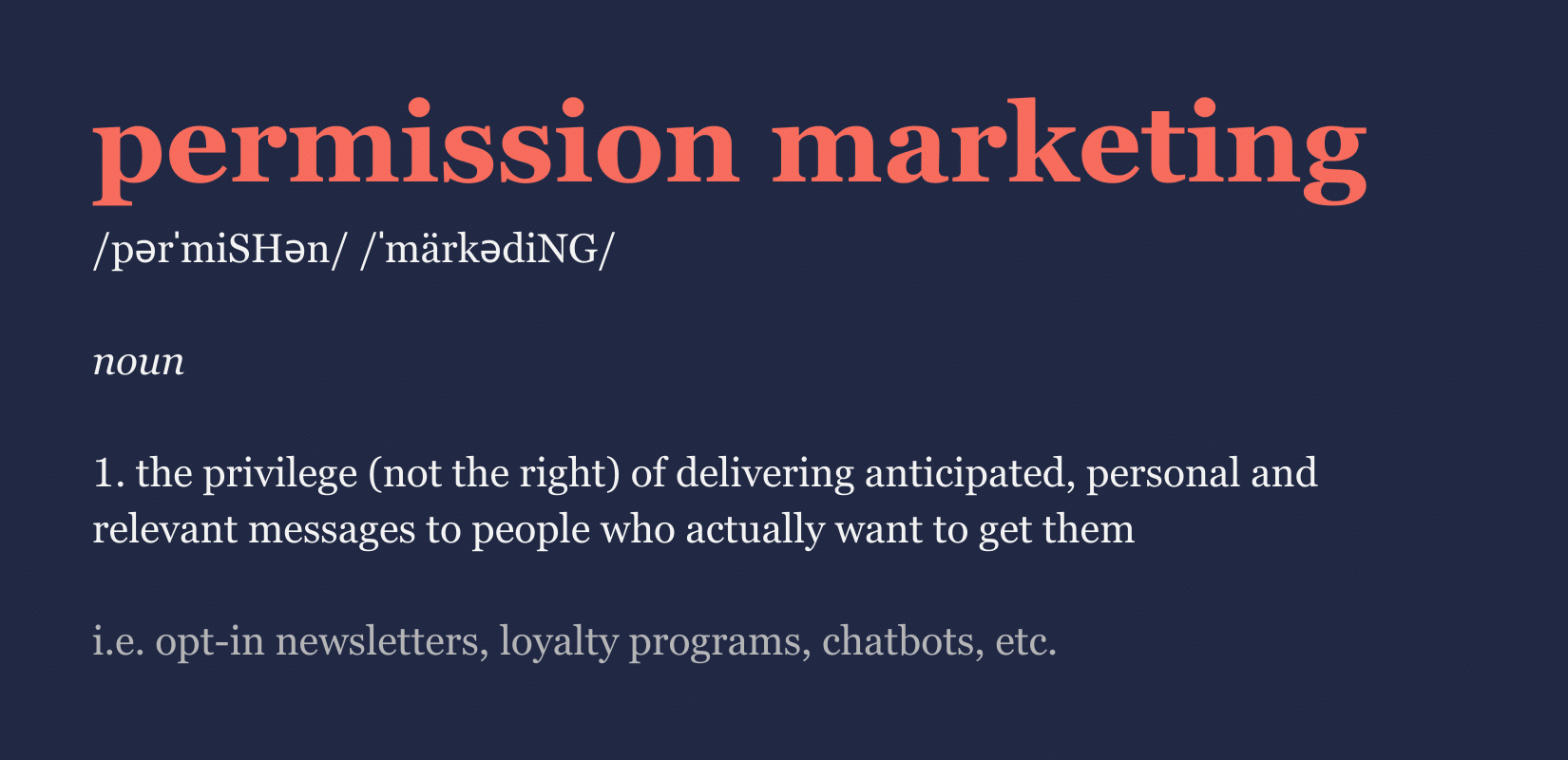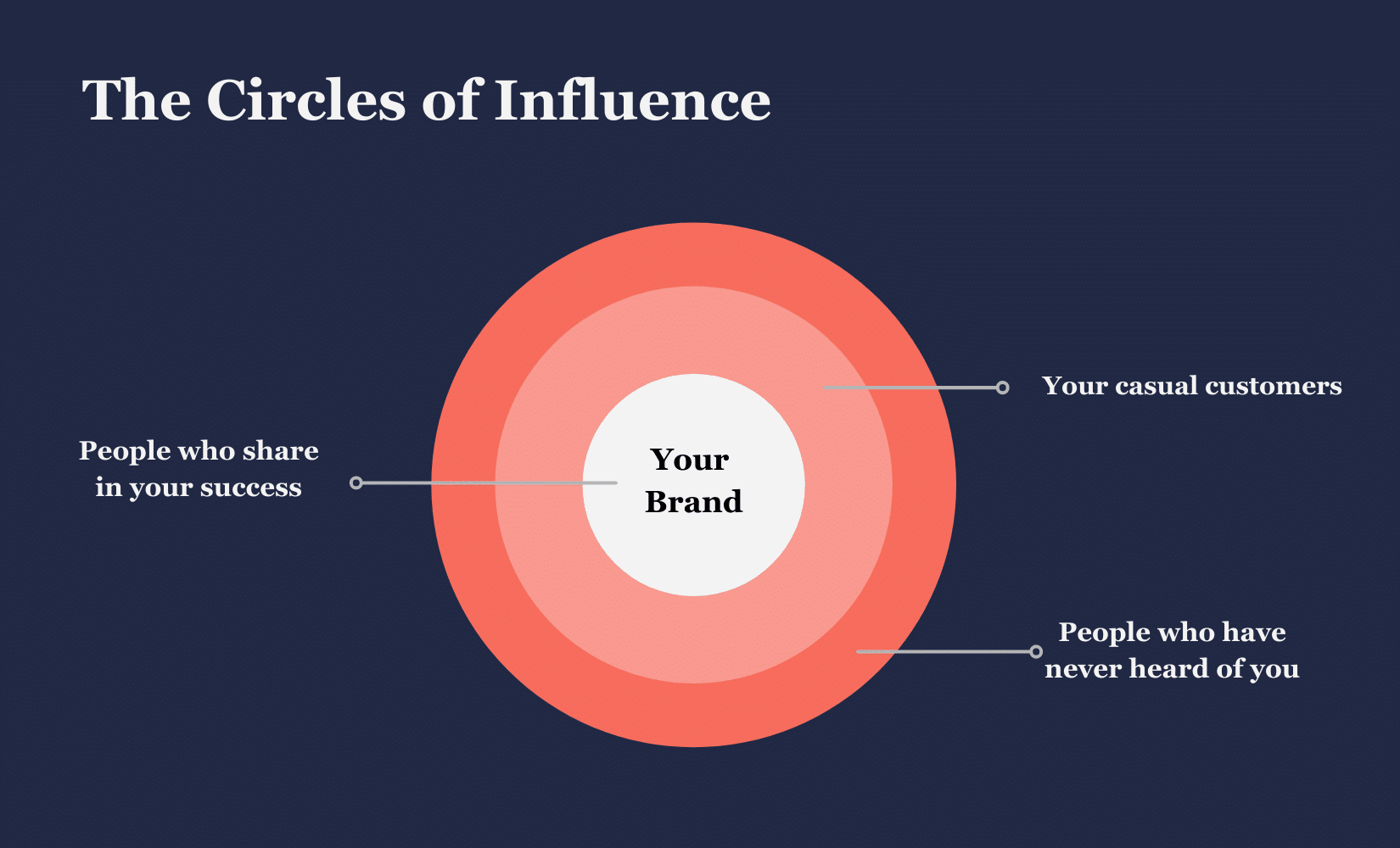The Most Valuable and Underappreciated Audience

There’s a growing concern that I’ve been feeling within the digital marketing community. The fundamental principles that we built content marketing on have started to crumble away, and there’s a concern that we’ll no longer be able to get our messages in front of the right audiences. What if that’s just because we’ve prioritized the wrong audiences?
In ancient times (2010), content marketing consisted simply of earning people’s attention. The platforms would then keep people there for us through Follows and subscriptions. The idea was that a Page Like on Facebook was much more valuable than a website visit because it allowed us to communicate with that person consistently over time.
Back then, Seth Godin wrote a prophetic book called Permission Marketing, and its basic premise was that, rather than interrupting people as they go about their days through traditional media advertising, the best brands were going to be built by earning people’s permission to communicate with them, and then keep it by consistently delivering high-value content. Many of us saw Godin’s message and social media’s Follow buttons as a perfect marriage. After all, isn’t a Follow or a Subscribe exactly the type of permission that Seth was talking about?

Very quickly, as I’m sure we can all remember, Zuckerberg and the rest of them pulled that rug out from under us. The advertising model and ever-changing algorithms meant that, just because someone had opted in to see our content, they wouldn’t necessarily ever actually see it. The Follow and Like buttons had become less of an explicit act of permission, and more of a passive suggestion of preference.
But, as with all other things that seem to constantly shift beneath marketers’ feet, we adapted. We built distribution systems for our messages that included influencer outreach, advertising, and partnerships. Organic reach was a nice bonus, but we no longer relied on it. Today, even the fundamental principles that those distribution systems were built on are shifting. While we had weaned ourselves off of our dependence on organic reach, our plans were still built on the idea that the audience is there, we just have to find a way to reach them.
What if the audience isn’t there? Are we all out of a job?
I’m going to suggest that we’ve been doing it all wrong. That there are concentric circles of influence, beginning with the people who share in our success, moving out to the people who are our casual customers, and ending with the people who have never heard of us before.

Consider a new product or service launch – how do you get the word out? I’m guessing you start with a beautifully crafted video or photoshoot that then gets strategically scheduled to be published and promoted across a variety of different channels. Then, you send out a press release that’s been lovingly crafted to catch people’s attention, along with a series of high-quality creative assets. Finally, when it’s time to share the news with staff, suppliers, and the rest of the people who are there with us every day, what do they get? Most likely, they’re BCC’d an unformatted block of text in an email riddled with typos and lacking details.
We spend so much of our time and resources being concerned with creating new awareness that we neglect the areas where we can have a real impact and create real value. Now, I’m not saying that we shouldn’t publish that hilarious video to our YouTube account, but what if we reallocated just a fraction of that effort to the people closest to us: The people who have given us real permission to market to them?
By shifting our focus inwards, we can not only have a greater impact, but we become much less dependant on algorithms and ad platforms. Instead, by equipping and empowering our community, we create real word of mouth, we encourage the type of brand and product storytelling that builds valuable relationships over time, and we drive real business value in the near term.
If anything I said above made you think about the way you’re treating your audiences, I recommend you start with this simple exercise:
- Create an inventory of the audiences currently in your circles of influence
- List the current, and potential, value that each audience brings to your business
- List the ways that you’re currently communicating your stories with them
Here’s a suggested set of audiences, to get you started:
Community
- Staff
- Complementary businesses
- Suppliers
- Distributors
- Industry associations
- Loyal customers
- Email subscribers
Casual
- Past customers
- Business contacts
- Social media followers
- Website visitors
Strangers
- Everyone else
When we prioritize our audiences the same way that they prioritize us, we build the most valuable relationships first, and will never again have to worry about our brand’s authenticity.


